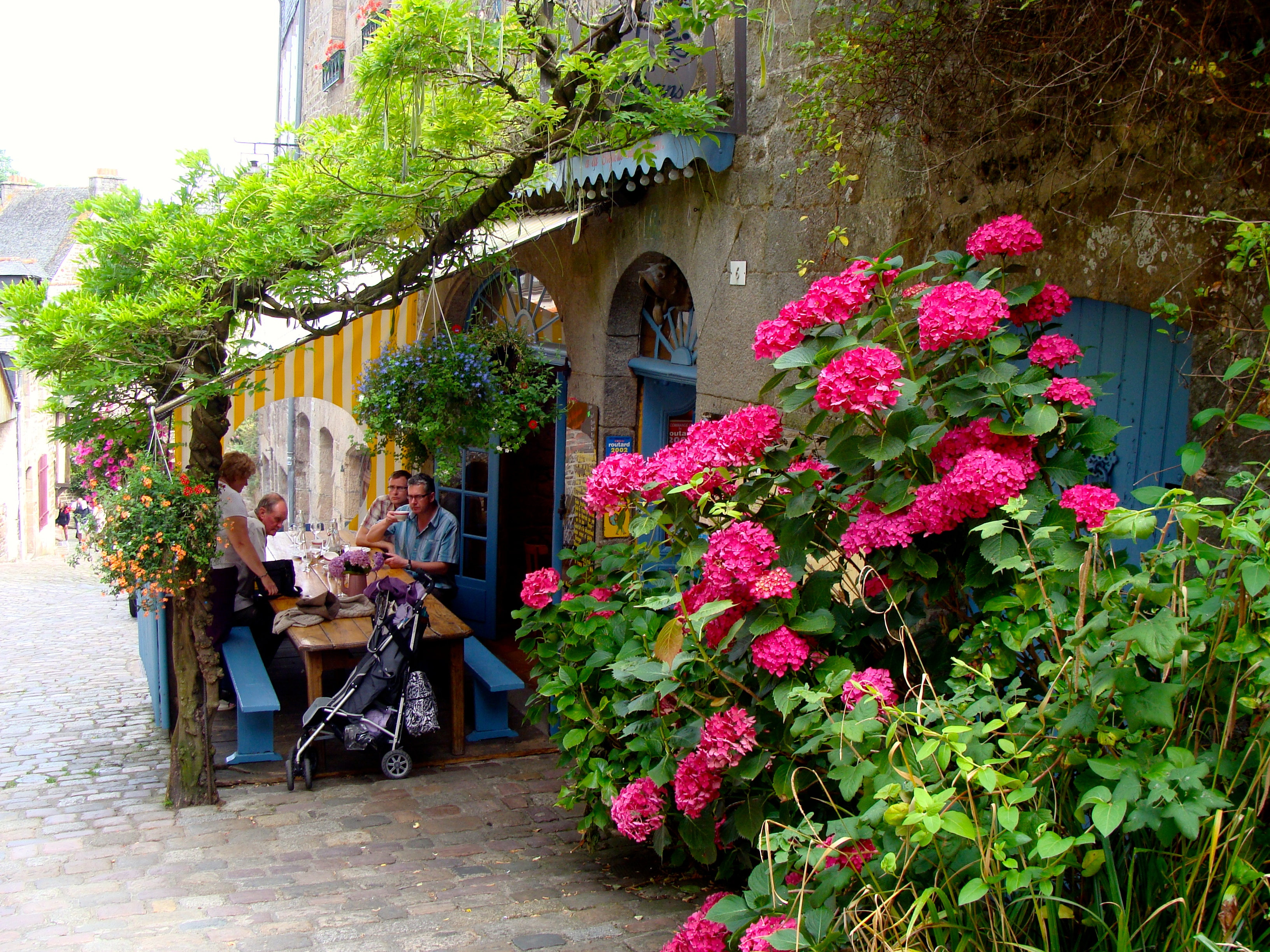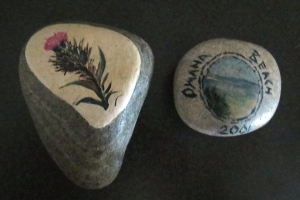While my granddaughter was running through the sprinkler yesterday, a juvenile robin balanced on the wire above the kiddie pool waiting for his mama bird to deliver something to eat. Every once in a while he would let out a squeak of attention to note his location.
Adjacent to the lawn is a pathway leading down to a woodland area where our family has been digging up ivy and planting native trees. On my way down the path this afternoon, the little robin was laying on his side. He was gone and recently so. His feathers were perfectly smooth on his speckled breast. I gently picked him up and moved him to a side corner of the pathway and then sat down nearby.
I’m familiar with the tweets of robins, especially, their warning chirps, which are strong steady beacons that warn of danger nearby. What I heard in the forest was a quieter version of that warning sound but still steady. A robin flew on a log just a short distance to where I placed the little one. The robin continued her vigil with her mournful single note, flying over her baby from one side to the other.
I stayed there for a while and hummed a song for her,
Sorry mama robin, you did your best.
Soon it will be time to rest
For the sun is setting in the west
Maybe tomorrow, you’ll make a nest.
I left then returned hours later and could still hear the robin in the woods.

Related:





























